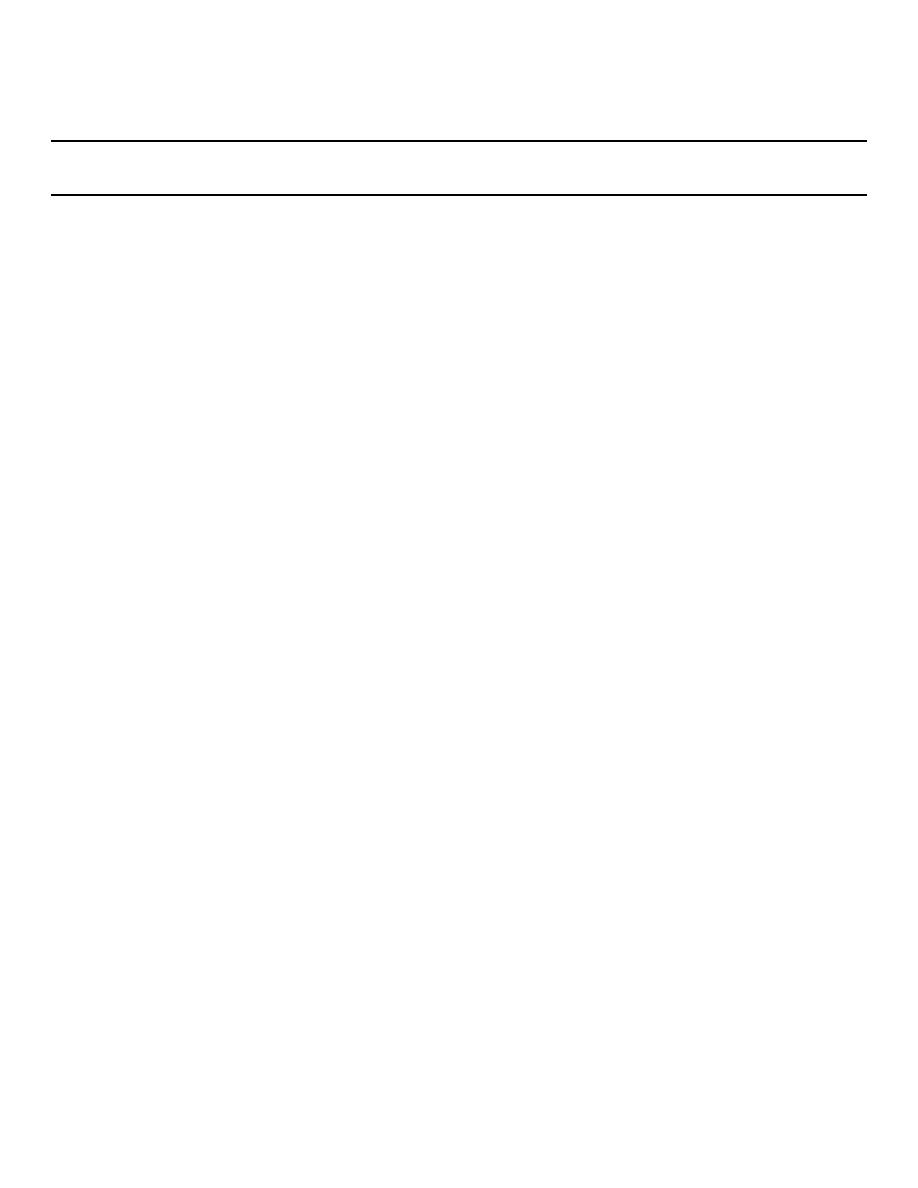
TM 9-4120-405-13&P
Table 3-1. Operator Troubleshooting. (cont.)
MALFUNCTION
TEST OR INSPECTION
CORRECTIVE ACTION
Step 2. Inspect for loose, corroded; or broken battery cables or starter ground cable. (Refer to TM 5-6115-585-12.)
(a) If loose, corroded, or broken battery cables and starter ground cable are found, notify your supervisor.
(b) Use slave receptacle when extra cranking power is required.
Step 3. Check to see that electrolyte (liquid) level in each battery cell is above the top of the plates. (Refer to TM
5-6115-585-12.)
6.
ENGINE CRANKS NORMALLY BUT FAILS TO START.
Step 1. Check for empty fuel tank.
Fill tank if fuel is low or tank is empty.
Step 2. Check for sediment or water in both fuel filters and fuel strainer. (Refer to TM 5-6115-585-12.)
Open drains on the bottom of fuel filters and fuel strainer, and drain sediment and water. If necessary, drain
fuel system and use fresh clean fuel supply.
Step 3. Inspect for loose fuel fittings or bad fuel lines. (Refer to TM 5- 6115-585-12.)
If fuel lines are loose, cracked, or show signs of leaking, notify your supervisor.
Step 4. Check governor linkage for obstructions or bindings. (Refer to TM 5- 6115-585-12.)
7.
ENGINE STARTS BUT DOES NOT RUN SMOO THLY (MISFIRES, KNOCKS, OR MAKES UNUSUAL NOISES).
Step 1. Check steps 2 and 3 under ENGINE CRANKS NORMALLY BUT FAILS TO START above.
Perform corrective action as necessary.
Step 2. Check air cleaner assembly to see that inlet shutter assembly is in proper position for either COLD
WEATHER or NORMAL WEATHER operation. (Refer to TM 5-6115-585-12.)
Push knob and slide assembly into proper position.
Remove obstructio n if possible or notify your supervisor.
8.
ENGINE STARTS AND RUNS NORMALLY BUT SUDDENLY "STOPS".
Step 1. Check fuel level indicated by gauge on fuel tank.
Add fuel if necessary.
3-7

